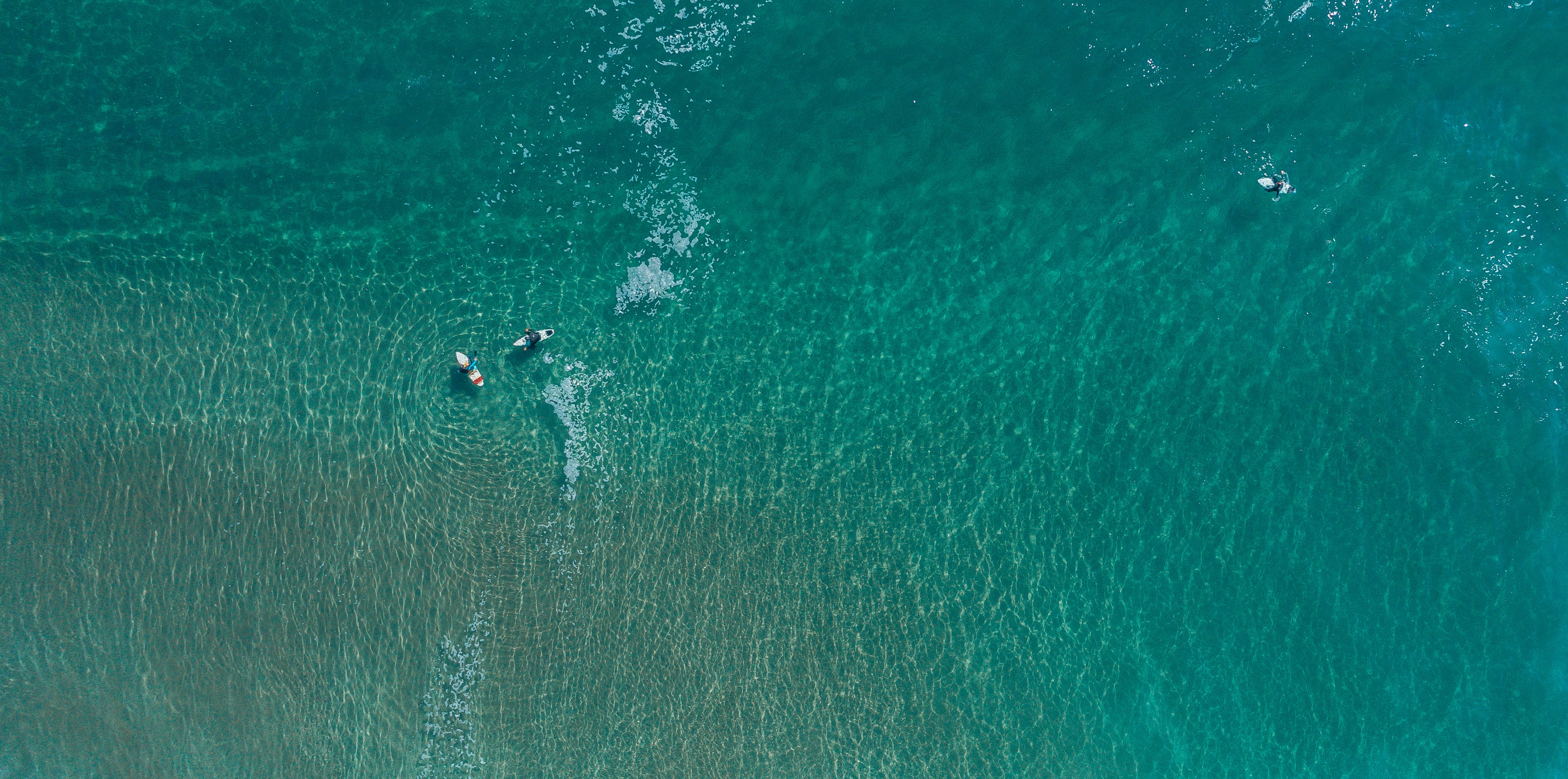Kaggle-GI-Tract竞赛-EDA
每个case都对应若干Day的若干个scan得到的slices,在train.csv中,每个case-Day-slice占3行,分别对应3个类别(大肠、小肠、胃)的标注信息
因此,在制作每一个case-Day-slice的mask时(制作1D数据),这三行分别作为mask的一个通道,因此mask是3个通道的:
1 | def id2mask(id_): |
本题是多标签分割(不同类别有重合,即同一个像素可能有多个类别对应),所以最后的激活函数用Sigmoid,分别对每个通道(共3个通道)进行映射。
对应地,在最终提交的预测文件中,每一个case-Day-slice占三行,分别是三个类别的mask预测结果(转回RLE格式)
1D数据
训练时,将每张slice图复制3份,形成RGB3通道的图,拿去训练:
1 | def load_img(path): |
预测时做和训练时同样的操作
2.5D数据
训练时,将每一张待预测的slice图,与其周围的slice图做成2.5D图(3个通道),拿去做训练,此时的mask仍然是之前制作好的mask
预测时,将每一张待预测的slice图,与其周围的slice图做成2.5D图(3个通道),拿去预测mask(3通道)
y_pred: torch.Size([64, 3, 320, 384])
gt masks: torch.Size([64, 3, 320, 384])
-[制作 1D data] https://www.kaggle.com/code/awsaf49/uwmgi-mask-data


